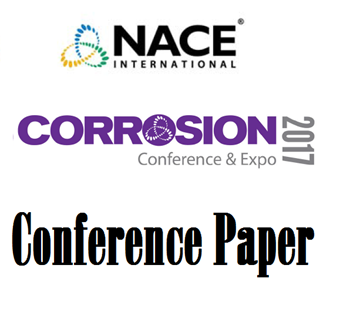Search
Coatings and Linings
View as
Sort by
Display
per page
Current Status of Nulcear Power Plant Safety-Related Coatings
Product Number:
41206-227-SG
Publication Date:
2006
$20.00
DC Decoupler Modelling To Predict The Effects Of Capacitance On CP Potential Surveys
Product Number:
51322-17839-SG
Publication Date:
2022
$20.00
Decision Making Under Uncertain Erosion Conditions Using The Probabilistic Model
Product Number:
51322-17813-SG
Publication Date:
2022
$20.00
Decontamination Chemical Compatibility With Protective Coatings
Product Number:
51322-18153-SG
Publication Date:
2022
$20.00
Defining Osmotic Blisters and Causes in Resinous Floor Coatings
Product Number:
41215-898-SG
Publication Date:
2015
$20.00
Dependence Of Time To Fracture Due To Hydrogen Embrittlement On Stress, Hydrogen Content, And Temperature In Rebar For Prestressed Concrete
Product Number:
51322-17909-SG
Publication Date:
2022
$20.00
Deployment of CUI Prevention Strategies and TSA Implementation in Projects
Product Number:
51312-01100-SG
ISBN:
01100 2012 CP
Publication Date:
2012
$20.00
Design Consideration for Lining Concrete Sludge Mixing and Storage Tanks in Wastewater Treatment Plants: Issues That Do Not Meet the Eye
Product Number:
41212-692-SG
Publication Date:
2012
$20.00
Design Considerations for Corrosion Protection of Anaerobic Digesters in Wastewater Trestmant Plants
Product Number:
41215-916-SG
Publication Date:
2015
$20.00
Design Of Sour Service Material: Combining Metallurgical Design, Laboratory And Full Scale Testing Towards A Novel High Strength Sour Service Material
Product Number:
51322-17615-SG
Publication Date:
2022
$20.00
Designing a Maintenance Painting Management Program
Product Number:
41205-209-SG
Publication Date:
2005
$20.00
Developing and Managing a Coatings & Linings Program in an Electric Utility
Product Number:
51317--8812-SG
ISBN:
8812 2017 CP
Publication Date:
2017
$20.00












